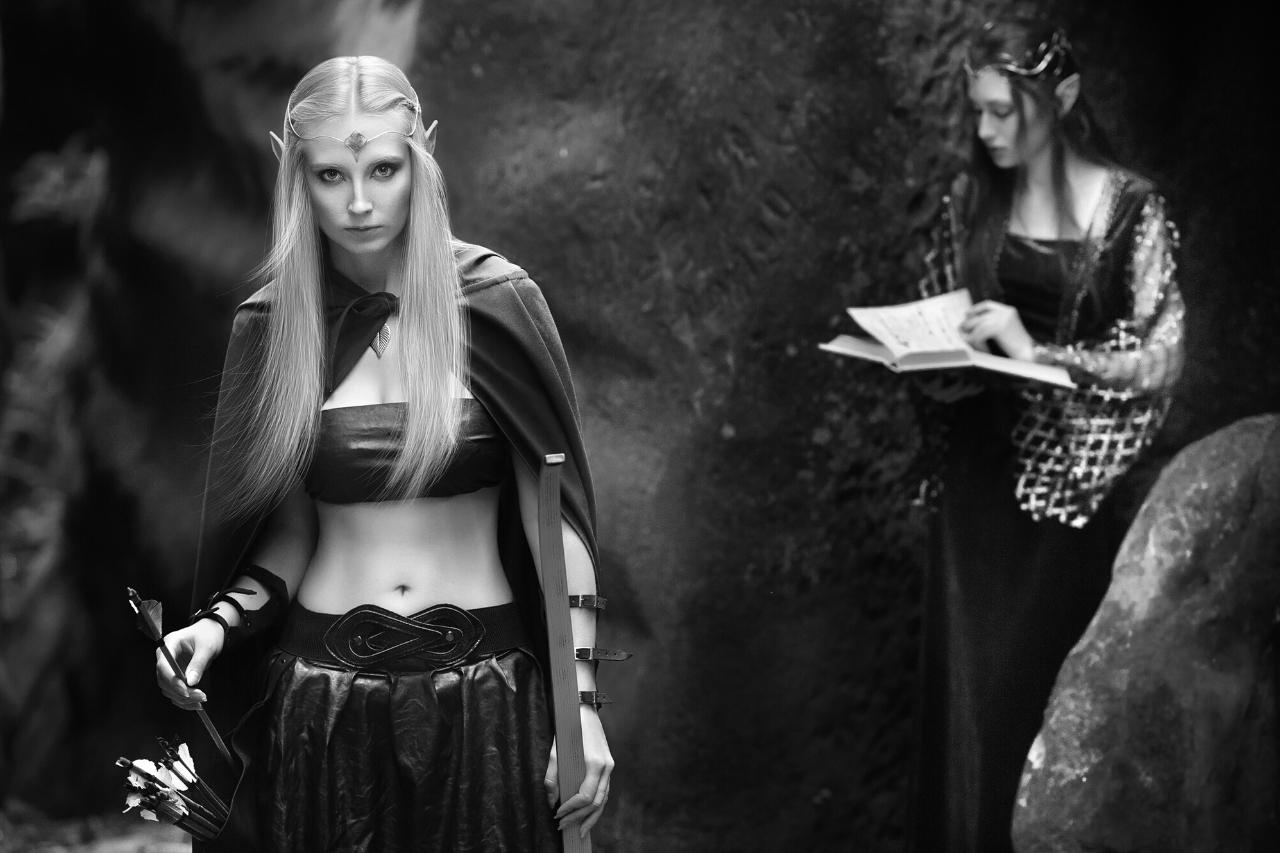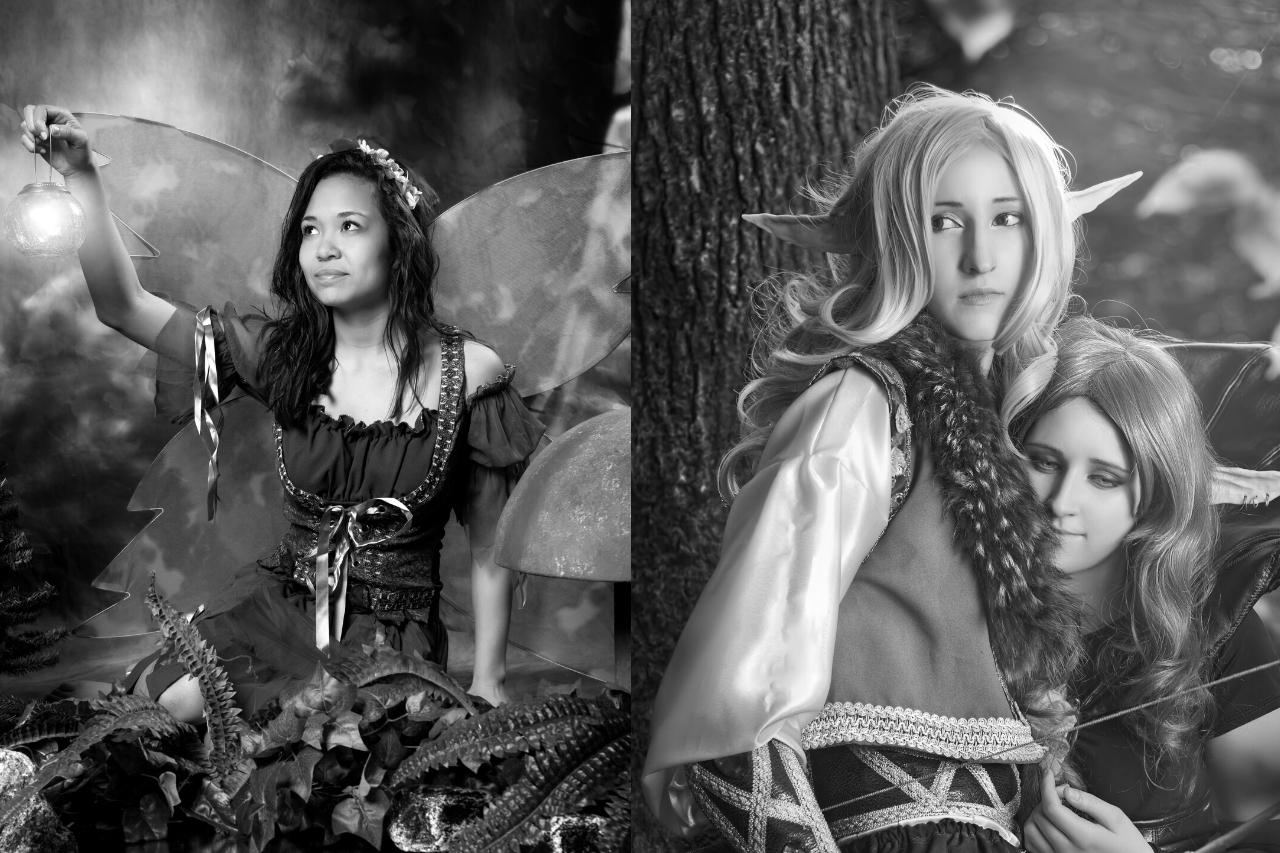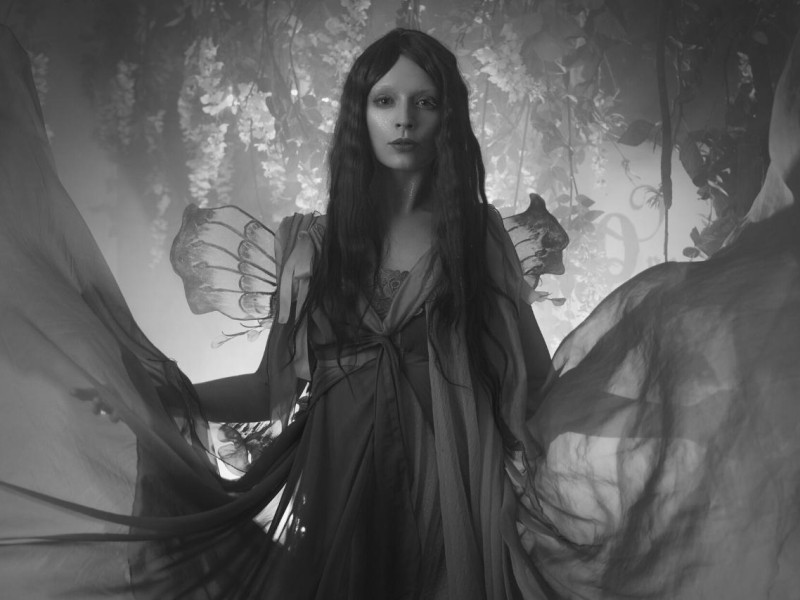Elf vs Fairy? The Battle of Norse Creatures
The battle of elf vs fairy is an old one. This is because the two categories are similar to each other in a few aspects. Elves and fairies are probably the most famous elementals in the world.
Here we bring you a comprehensive study of the two creatures with an in-depth comparison of their differences and similarities.
Comparison Table of Elf vs Fairy
Here is the comparison of important features like the origin, appearance, abilities, relations, and more between the elves and the fairies.
Features | Elves | Fairies |
Origin | Elves are known to exist before mankind and might be the first human prototype | Fairies have different origin stories like demoted angles and born from light |
Appearance | Elves are sophisticated and noble-looking | Fairies are beautiful and alluring |
Abilities | Elves are healers, mages, enchanters, wizards and witches | Fairies have god-like powers and magic |
Relation with Humans | They do not keep any relation with humans | They can keep a relationship if they want |
Unique Properties | Most elves have pointy ears | Most fairies have wings |
What is the Difference Between Elves and Fairies?
The main difference between the elves and the fairies is that they belong to different groups of supernatural beings. This is evident from various factors like their appearances, abilities, way of living, and also their interactions with the other creatures. To understand the differences and similarities between the elves and the fairies and also to learn concrete facts, we must first cover their individual selves.
A lot of people follow the elf and fairy culture around the world. They firmly believe in the existence of these supernatural creatures and some also worship them. The increase in their popularity can be credited to various writers and movie-makers.
What Are Elves?
In Norse mythology, elves are supernatural entities that have a humanoid form. The mythology is a collection of mythologies of the North Germanic people that contains the Norse paganism and Christianization of Scandinavia. This is a broad set of mythologies that cover a lot of creatures.
Among these creatures are the elves. In the scientific world, the elves are not seen to be objectively real but elves are a big part of the material realm and the fantasy book universes. Throughout history, there are many ways that the elves and their abilities are described. But one thing is for sure they stem from Norse mythology and have a humanoid appearance.
The elves are most famous for being the wisest and the most beautiful creatures. The belief in the elves and their existence has however varied along the periods of pre-Christian and Christian cultures. The most widely accepted information about the elves is from the earliest surviving manuscripts in the Germanic language which belong to Anglo-Saxon England.
Characteristics of an Elf
Elves are a very interesting community of superhuman creatures. They have distinctive characteristics that make them stand out.
Here we list out the properties of elves:
Elves are older than humans but are related to them in appearance so they are probably the first prototype of humans.
Elves may or may not have pointed ears. This property depends upon their respective folklore or fairy tale description.
The elves have all types of skin colors like pale white, gold, silver, red, blue, green, black, and brown.
The elves do not discriminate on the basis of color and gender.
Elves are of every kind and dress according to their kind. For example, the forest elves dress in green color to imitate nature and to blend in with it. Whereas high elves wear detailed and ornate clothing. They deliberately wear clothes like this so they are visible and do not blend in with their surroundings.
Elves can be alchemists, healers, guides, enchanters, wizards, witches, and sages.
Elves follow a nature-based religion, their spirituality comes from nature.
The elves can talk to animals and plants.
Elves are cautious of humans and do not necessarily like to mingle with them.
Elves are remarkable craftsmen and can make things with their hands that normal humans cannot.
What Are Fairies?
Fairies are magical creatures found in the folklore of European cultures. They are defined as supernatural beings with extreme finesse and alluring abilities of attraction. Fairies were not always thought of as pleasant creatures. In history, the word fairy has been associated with evil and trick-playing creatures and also goblins and gnomes.
According to some of the manuscripts found, the fairies of the evil kind can be warded by using specific kinds of enchantments and materials.
These materials were made using iron as iron is the only true metal that has natural protective abilities.
These materials could be crams, jewelry, or horseshoe.
In modern literature, fairies are portrayed as superhumans and elementals, unlike their ancient evil selves. There are many forms in which the fairies can exist.
Characteristics of a Fairy
Fairies are a wide group of many different creatures that are present in multi-dimensional realms and other planetary star systems.
Fairies can be in the form of light or humanoid forms. The reason for this is that there is no one concrete origin story of fairies.
As fairies are made of energy or light, they can shift form and appearance according to their liking. So if they are in human form, that is merely a front for their actual appearance.
Fairies can be mermaids, animals, half-animals, hybrids, centaurs, or fauns.
Each group of fairies represents a distinctive part of nature. For example garden fairies, fairies of youth, or lavender fairies.
Fairies can be very involved in human lives or can be very distant. It depends on their nature and also upon their experiences with humans.
The biggest characteristic of fairies is that they can fly. They have a pair of wings that enable them to fly. Fairies may also fly without wings.
Fairies have many powers. Their power is beyond human comprehension and should remain so because the energy that the fairies transcend is known to be god-like.
Mostly the fairies are genderless. But they may identify them as masculine or feminine according to their choice.
If the fairies want, they can give enchantments, hexes, gifts and warnings to humans to make them feel better or save them from any danger. In the same way, the evil fairies can give all of these to harm and hurt humans.
FAQs
Are Elves and Fairies the Same?
No, fairies and elves are two different forms of supernatural beings. They differ in many characteristic qualities.
Do Elves Have Wings Like Fairies?
No, elves do not have wings and thus they cannot fly. The fairies have wings and can fly with or without them.
In Mythology, Are Leprechauns, Fairies, and Elves Related?
The only relation the leprechauns, fairies, and elves have is that they all are supernatural beings.
Are Fairies and Elves Real?
The answer to this question is very subjective. According to science, there is no truth in the existence of fairies and elves. But it is up to you to believe in anything you want.
Conclusion
We have gone through extensive lists of characteristics of both elves and fairies. Both of these creatures have unique personality traits. They are quite famous in today’s world.
One thing is for certain they do not like to mix with humans and the biggest reason for this is that humans are not particularly friendly creatures.
Now you know everything there is to know about the elves and the fairies, their appearance, abilities, origins, and special features. Therefore, next time anyone is skeptical about the similarities or differences between the elves and fairies, you can explain the differences and the similarities to them.








